UK PMI Services recovered to 51.4 in July, up from 50.2 and beat expectation of 50.4. That’s already the highest level since October 2018 even though rate of expansion remained subdued overall. Markit noted there was modest increase in service sector output. There was rebound in new work, helped by export sales. But business expectations eased to a four-month low.
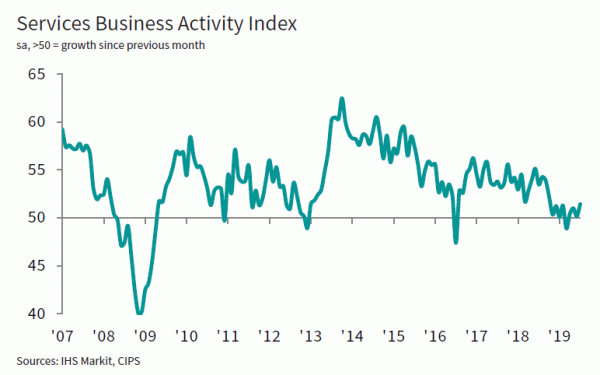
Chris Williamson, Chief Business Economist at IHS Markit, which compiles the survey:
“An improved rate of growth in the service sector to the highest since October is welcome news after other PMI surveys showed the sharpest drop in manufacturing output for seven years and a construction sector that is mired in its deepest downturn for a decade. However, the overall picture is one of an economy that is only just managing to skirt recession, with July’s performance among the worst since the height of the global financial crisis in 2009.
“The latest PMI numbers are indicative of the economy stagnating at the start of the third quarter after indicating a 0.1% decline in the second quarter.
“Even growth in the service sector remains worryingly subdued, constrained by a marked fall in business services activity, where the rate of decline in July has been exceeded only once in the past ten years. The best performing sector was consumer services, highlighting how the economy remains dependent on consumer spending to avoid contraction.
“Inflationary pressures remained muted, with average prices charged for goods and services rising at one of the weakest rates recorded over the past three years, as firms increasingly resorted to competing on price to help drive sales.”
Full release here.




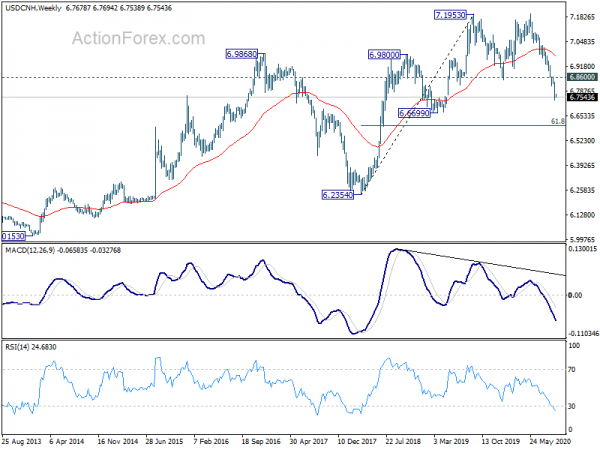

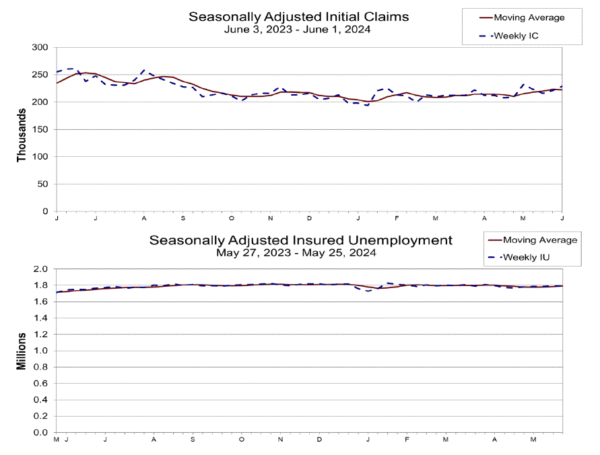

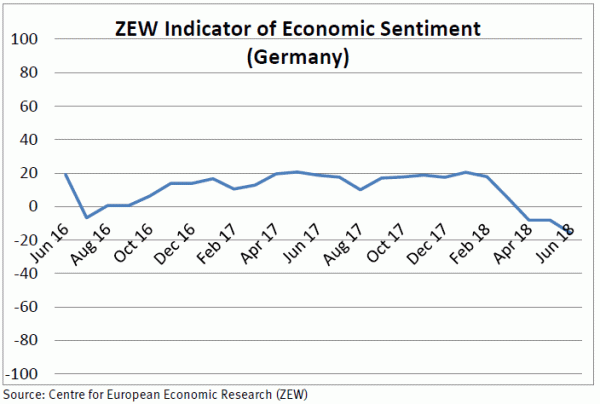
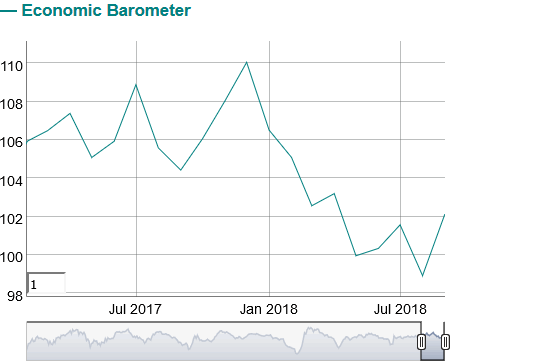
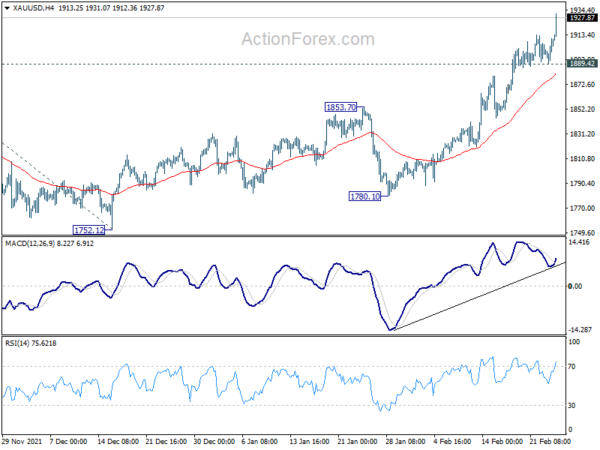
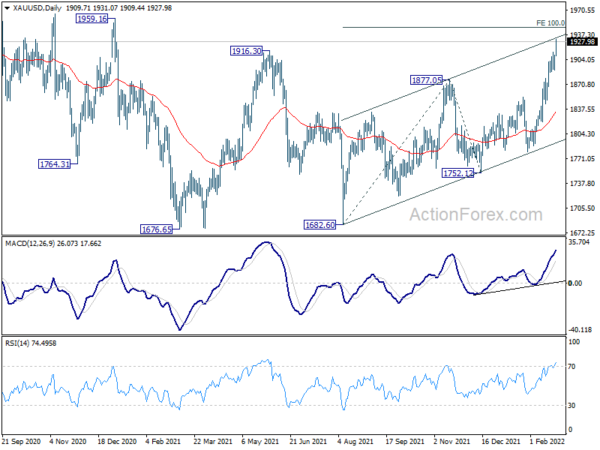
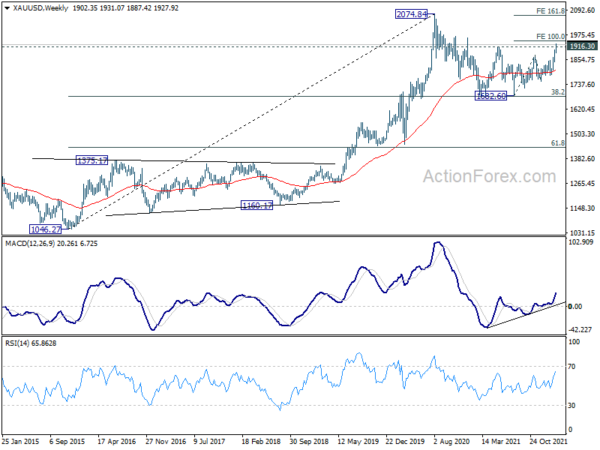
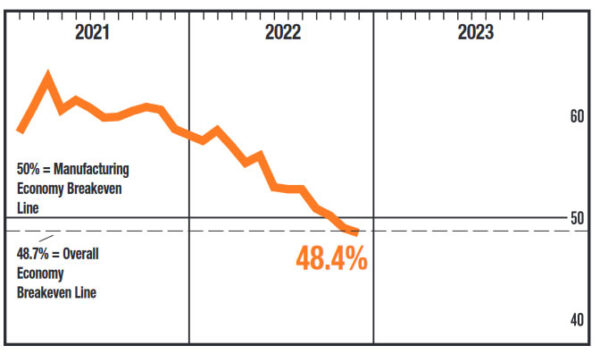
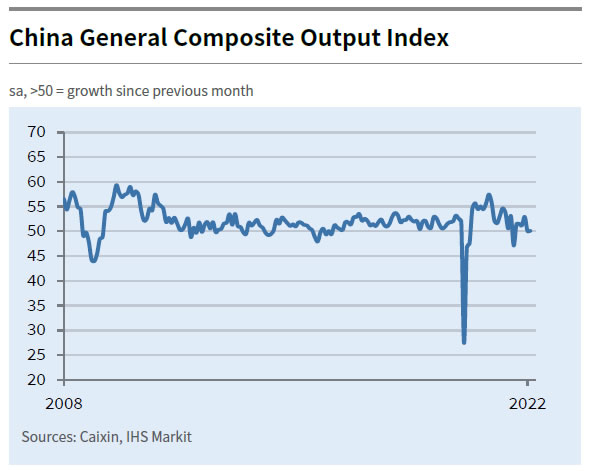
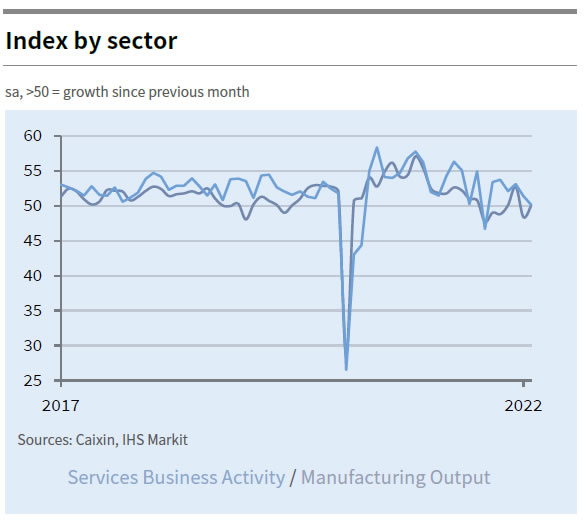
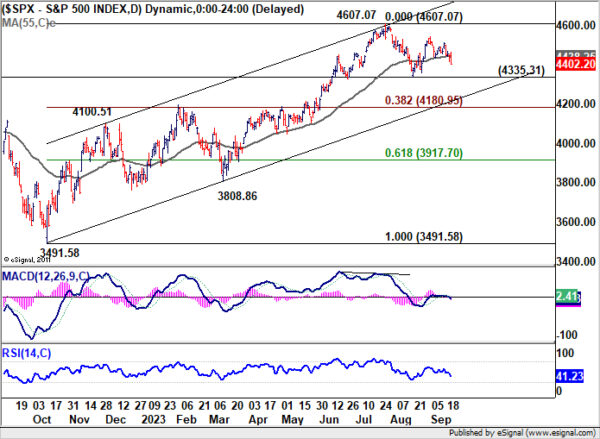

Australia leading index improved modestly to -4.44
Australia Westpac Leading Index rose from -5.29 to -4.44 in June. Despite the modest improvement, the index growth rate remains in deep negative territory, “consistent with recession”. Westpac added, “overall, the component mix points to downside risks near term with the drivers behind the weak July readings on sentiment likely to impact on other, less timely, components that track real activity in coming months.”
Also, after yesterday’s announcement of extension to JobKeeper and JobSeeker packages, Westpac expected the government to inject around AUD 13.5B in December quarter. The stimulus was estimated to be at AUD 65B in June quarter and AUD 95B in September quarter. Thus, “the challenge for the economy…. is to adjust to such a sudden reduction in the size of government support”.
Full release here.